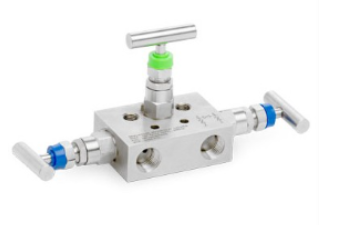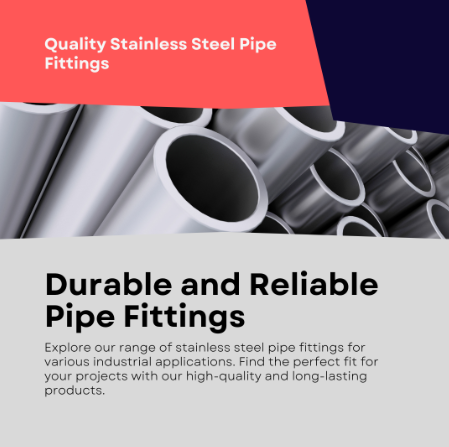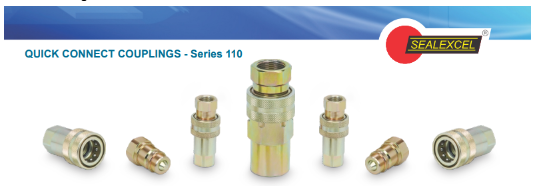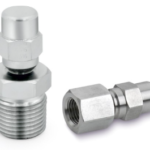
Purge Valve Solutions: Enhance Engine Performance and Sustainability!
March 8, 2024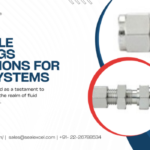
Unlocking the Power of Ferrule Fittings: The Key to Seamless Fluid Systems
March 16, 2024Introduction:
Manifold valves stand as critical components in fluid control systems, orchestrating the seamless flow of liquids or gases across various industries. In this comprehensive exploration, we delve into manifold valve applications and the innovative solutions they offer. Join us as we unravel the versatility, functionality, and impact of manifold valves across diverse sectors.
Understanding Manifold Valve:
Manifold valves serve as the nerve center of fluid control systems, regulating the flow of liquids or gases with precision. Comprising multiple ports and channels, these valves enable the distribution, redirection, and isolation of fluids in complex industrial processes. With their modular design and customizable configurations, manifold valves offer unparalleled adaptability to diverse environments and applications. From hydraulic systems to pneumatic circuits, manifold valves play a pivotal role in optimizing fluid management and enhancing operational efficiency.
Industrial Applications of Manifold Valves:
In the oil and gas industry, Manifold Valve plays a crucial role in controlling the flow of crude oil, natural gas, and refined products. From offshore drilling rigs to onshore refineries, these valves ensure the safe and efficient operation of extraction, production, and distribution processes. By facilitating remote operation and monitoring, manifold valves streamline operations and minimize downtime, thereby maximizing productivity and profitability.
In manufacturing settings, manifold valves contribute to process automation and optimization across various industries. From automotive assembly lines to semiconductor fabrication facilities, these valves regulate the flow of hydraulic fluids, lubricants, and coolants with precision. By synchronizing motion control systems and regulating pressure levels, manifold valves enhance production efficiency and product quality, driving competitiveness in today’s dynamic market landscape.
Automotive and Aerospace Applications:
The automotive industry relies on manifold valves to regulate engine functions, optimize fuel efficiency, and reduce emissions. In modern vehicles, manifold valves control the intake and exhaust processes, ensuring optimal combustion and engine performance. By adjusting valve timing and lift, these valves enhance power delivery, responsiveness, and drivability, delivering a superior driving experience while meeting stringent environmental standards.
In aerospace applications, manifold valves play a critical role in aircraft hydraulic systems, landing gear mechanisms, and flight control surfaces. From commercial airliners to military aircraft, these valves enable precise control of hydraulic pressure, ensuring the safe and reliable operation of critical flight systems. With their robust construction and high-performance capabilities, manifold valves uphold the highest standards of safety and reliability in aerospace engineering.
Healthcare and Pharmaceutical Applications:
In the healthcare and pharmaceutical industries, manifold valves facilitate precise fluid control in medical devices, analytical instruments, and drug delivery systems. From infusion pumps to chromatography systems, these valves regulate the flow of liquids with accuracy and consistency, ensuring optimal performance and reliability in clinical settings. With their compatibility with a wide range of fluids and chemicals, manifold valves support diverse applications in medical and pharmaceutical research, diagnosis, and treatment.
Innovations in Manifold Valve Technology:
Manifold valve technology has advanced significantly in recent years due to changing industry standards and new trends. Manufacturers are introducing innovative materials, coatings, and sealing technologies to enhance the durability, performance, and longevity of manifold valves. Advanced manufacturing techniques, such as additive manufacturing and precision machining, enable the production of complex valve designs with tight tolerances and exceptional reliability.
The integration of smart technologies, such as sensors, actuators, and connectivity features, empowers manifold valves with real-time monitoring, diagnostics, and predictive maintenance capabilities. By harnessing data analytics and machine learning algorithms, operators can optimize valve performance, anticipate potential failures, and preemptively address issues before they escalate. With their enhanced functionality and connectivity, smart Manifold Valve paves the way for predictive and proactive maintenance strategies, reducing downtime and minimizing operational costs.
Conclusion:
In conclusion, manifold valves serve as indispensable components in fluid control systems across a myriad of industries and applications. From industrial processes to automotive engineering, aerospace technology, healthcare, and pharmaceuticals, these valves enable precise fluid management, enhance operational efficiency, and ensure reliability and safety. With ongoing advancements in technology and engineering, manifold valves continue to evolve, offering innovative solutions that meet the evolving needs and challenges of modern industries. As we embrace the era of digitalization and connectivity, manifold valves stand poised to play an even greater role in shaping the future of fluid control and automation. Join us in exploring the limitless possibilities and innovative solutions that manifold valves bring to the forefront of industrial excellence.
With this exploration of manifold valve applications and innovative solutions, we invite you to embark on a journey of discovery and innovation, uncovering the transformative potential of these essential components in shaping the future of fluid control and automation.

